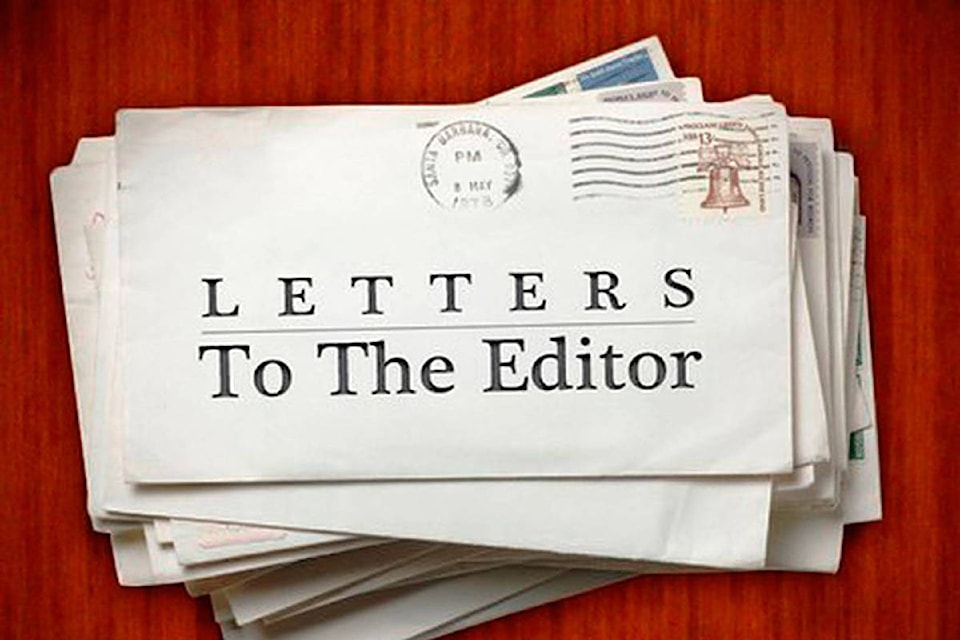As a reluctant passenger some years ago in my brother’s car Down Under, while he played fast and loose in the fast lane of the Pacific Highway north of Sydney, held the steering wheel with his knees while conducting business on his mobile, I was compelled to decline his offer to drive me to the airport (a five-hour trip down the coast) on my last day in New South Wales.
While he couldn’t understand why I did that he was, however, always quite able to negotiate the double-lane multi roundabouts on city outskirts, without hesitation. Yes, two-lane concentric traffic circles with four entry/exit points.
Eerily similar to the same roundabout riot in England decades ago, the favourite haunt of uncompromising Brit driving testers hoping to fail you. These double roundabouts mean every driver approaching has to know exactly where she/he is headed — inner lane to drive into the local town, outer lane to continue on the motorway. It’s mandatory that you locate where your exit is on the circle without stopping or switching lanes without warning.
Which brings me back to the single lane traffic circles opposite the Best Western Hotel on Henry Road and the one at the top of Oak Street, both in Chemainus. Let’s omit the ‘newcomer’ third circle at the River Road T-junction, since our Courier editor and reporter Don most ably examined that phenomenon in the Nov. 19 paper. His opening sentence ended with “…seems to have peoples’ heads spinning.”
In truth, many drivers’ heads have “spun” with confusion in the Valley, and still do, ever since the Cowichan Valley Regional District introduced the first traffic circles all over the city and environs back in 2009. With little warning, and then without directions on carefully placed signs at each entry point on the quadrant for the benefit of local drivers who genuinely never had to negotiate a roundabout in a driving test or afterwards. These annoying “obstructions” were not really a Canadian thing, back when. It’s possible the Municipality didn’t want to spend that amount of money on helpful signage at the many new roundabouts. “Let them figure it out for themselves.”
Even so, the roundabout invasion in the Valley was 11 years ago, more than enough time for drivers of all ages to properly acquaint themselves, with assistance from driving instructors and/or the Highways Department, with the correct procedure for negotiating the circles starting with understanding the basic ‘right of way’ protocol.
After checking with motor vehicle rules they confirmed what I already learned in the United Kingdom: should two vehicles arrive at the roundabout simultaneously at two entry points, the car on your right has right of way, so yield accordingly. It’s astonishing how many drivers who do have that right-of-way will instead stop and dither on the edge. It’s almost comical how often, upon reaching the roundabout on Oak Street, a driver on my right (who has spotted my vehicle approaching) is actually waiting — at an otherwise empty circle — for this or some other car to arrive, instead of promptly exercising her/his right-of-way. To put it simply, the roundabout is not a four-way stop! It’s designed for drivers to “filter in” appropriately and safely to keep traffic moving and save time and frustration.
But Canadians are renowned for being nice and polite. However, being too polite on the open road and, more dangerously, at an intersection can result in confusion, annoyance and even accidents.
Here’s another scenario: the intersection where Mays Road crosses Bell McKinnon outside Duncan. The main road being Bell McKinnon, the two stop signs are on Mays, either side. My car signals left to cross over to the southbound lane on Bell McKinnon, while the pick-up facing me is not signalling, it needs to cross both lanes of the main road and go down the hill on Mays to the highway.
This driver has right-of-way because he’s already in his lane and is not turning. So, I do the correct thing and wait for him before turning left, safely. But no, the driver of the pick-up is not moving, he’s waiting … for my vehicle to turn left illegally across his bow. I continue to wait, as I should. So does he, until he finally shoots across Bell McKinnon, giving me a silly blast of his horn. Hesitation, for the wrong or “just being nice” reason, can so easily result in a collision mid-stream, angry confrontations and arguments with ICBC.
This happens to be one of the reasons they invented … Roundabouts.
“With the best of intentions”,
J.D. Rollinson,
Chemainus
